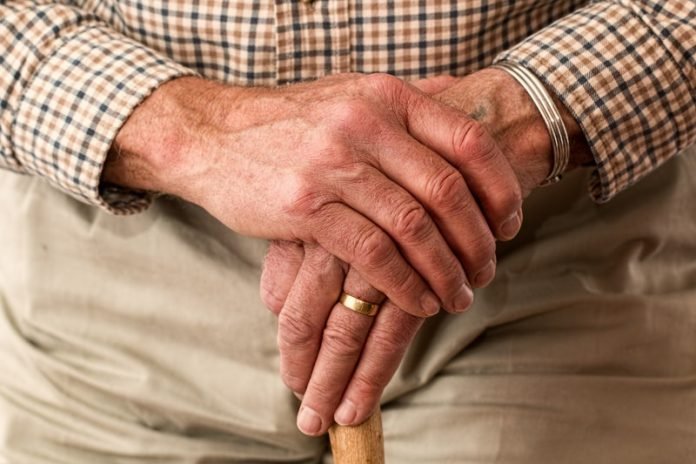
Various strategies can help people with Parkinson’s who have difficulty walking.
But in a new study from Radboud University, researchers found that many people have never heard of or tried these strategies.
They found that how well different compensation strategies worked depended on the context in which they were used, such as indoors versus outdoors, under time pressure or not.
In the study, researchers surveyed 4,324 people with Parkinson’s and disabling gait impairments.
These include problems like imbalance, shuffling, falling, staggering and freezing. Of the participants, 35% found that their walking difficulties affected their ability to perform their usual daily activities and 52% had one or more falls in the past year.
The survey explained the seven main categories of compensation strategies.
They are: internal cueing, like walking to a count in your head; external cueing, like walking in rhythm to a metronome; changing the balance requirement, like making wider turns;
altering mental state, which includes relaxation techniques; action observation and motor imagery, which includes watching another person walk;
adapting a new walking pattern, like jumping or walking backwards; and other forms of using the legs, like bicycling and crawling.
Each category was explained and participants were asked if they were aware of it if they’d ever used it, and if so, how it worked for them in a variety of contexts.
Researchers found that people with Parkinson’s commonly use walking compensation strategies, but are not aware of all seven strategies.
For example, 17% of the people had never heard of any of these strategies, and 23% had never tried any of them. Only 4% were aware of all seven categories of compensation strategies. The average person knew about three strategies.
Other than the use of walking aids and alternatives to walking, the best-known strategy was external cueing, like listening to a metronome, known by 47% of the respondents.
That was followed by internal cueing, known by 45%. Action observation and motor imagery was the least known category, known by 14%.
For each strategy, the majority of people who tried it said it had a positive effect. However, researchers also discovered that strategies worked differently according to the context in which the person used it.
The team says these findings suggest that a ‘one-size-fits-all’ approach doesn’t work, because different contexts might require different strategies, or because individuals simply respond better to one strategy compared to another.
If you care about Parkinson’s disease, please read studies about these strange things may mean a high risk of Parkinson’s disease and findings of this mental problem may be linked to Parkinson’s disease.
For more information about Parkinson’s and your health, please see recent studies about is diabetes linked to Parkinson’s disease? and results showing that coffee may help fight common dementia and Parkinson’s disease.
The study is published in Neurology. One author of the study is Anouk Tosserams, MD.
Copyright © 2021 Knowridge Science Report. All rights reserved.



